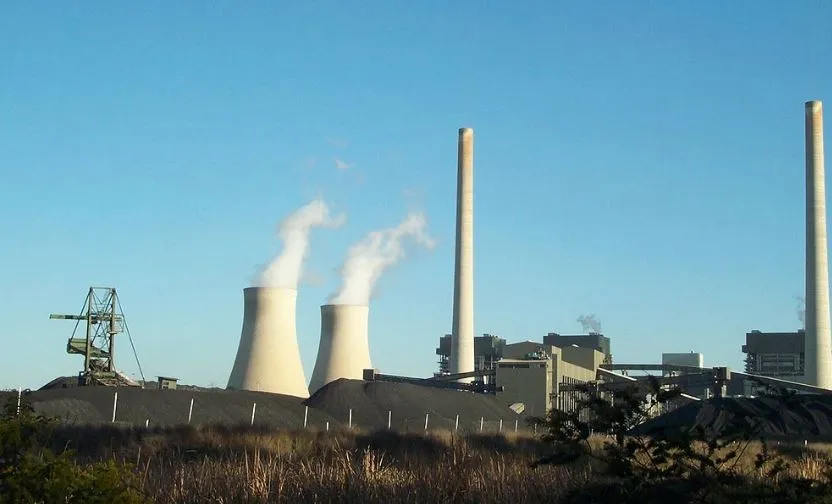
Australia's power capacity predicted to hit 88.5GW by 2027
Coal's share in the capacity mix will erode to under 55%.
Power capacity in Australia will register stable growth throughout the 10-year forecast period, reaching 88.5GW by 2027, driven primarily by the country’s renewables expansion, according to BMI Research.
The relatively subdued growth across the wider power market is due to the mature nature of the industry, as the capacity is already well-developed and power demand will remain fairly low over the coming decade.
The share of coal in Australia's power mix will erode over the next decade, from around 62% in 2018 to under 55% in 2027.
Here's more from BMI Research:
Conversely the use of gas in the power sector will rise marginally, from 21% to 24% over the same time-frame. The prevalence of these two fuels will mean that thermal capacity and generation dominate the Australian power sector over the next 10-years, despite robust growth in non-hydro renewables.
Increasing policy support at the state level, rising investor interest and a significant project pipeline of wind and solar plants will support our renewables forecasts for Australia. We expect capacity to total 23.6GW by 2027.
That said, ongoing policy uncertainty, stemming from the government’s wavering commitment to the renewables sector, means that growth will be restricted to certain states and will be at a lower rate than historic levels.
Furthermore, projects still face regulatory bottlenecks and opposition. For example, NSW’s Department of Planning and Environment recommended the rejection of the Jupiter wind farm proposed to be developed near the town of Tarago in southern part of the Australian state in March 2018.
It was stated that the proposal is not in line with local planning controls and the wind farm will also have unacceptable visual impacts on about half of nearby homes.
Hydropower output will increase slightly over the forecast period, but maintain a small role in Australia's power generation mix, at around 5% in 2027. Capacity additions will be made up from smaller scale plants, such as run of river power plants.
As a mature market, our forecasts for consumption growth in Australia are relatively muted. Overall we expect consumption to increase by an annual average growth of 1.0% between 2018 and 2027.
On the one hand, rising economic growth and population and various stand-alone factors such as the opening of a large LNG terminal in Queensland will push up demand for electricity. On the other, Australia is experiencing a broader trend towards de-industrialisation and the development of services, and more efficient use of energy that includes LEDs and better home insulation.
Additionally, Australia is in the process of rolling out smart meters, which should decrease residential and commercial power demand.
Expanding and modernising the transmission and distribution grid is a key focus of Australia's power development strategy as the country works towards the integration of greater volumes of fluctuating renewables output. We expect continued deployment of energy storage on the grid and an increase in microgrids.



















 Advertise
Advertise






